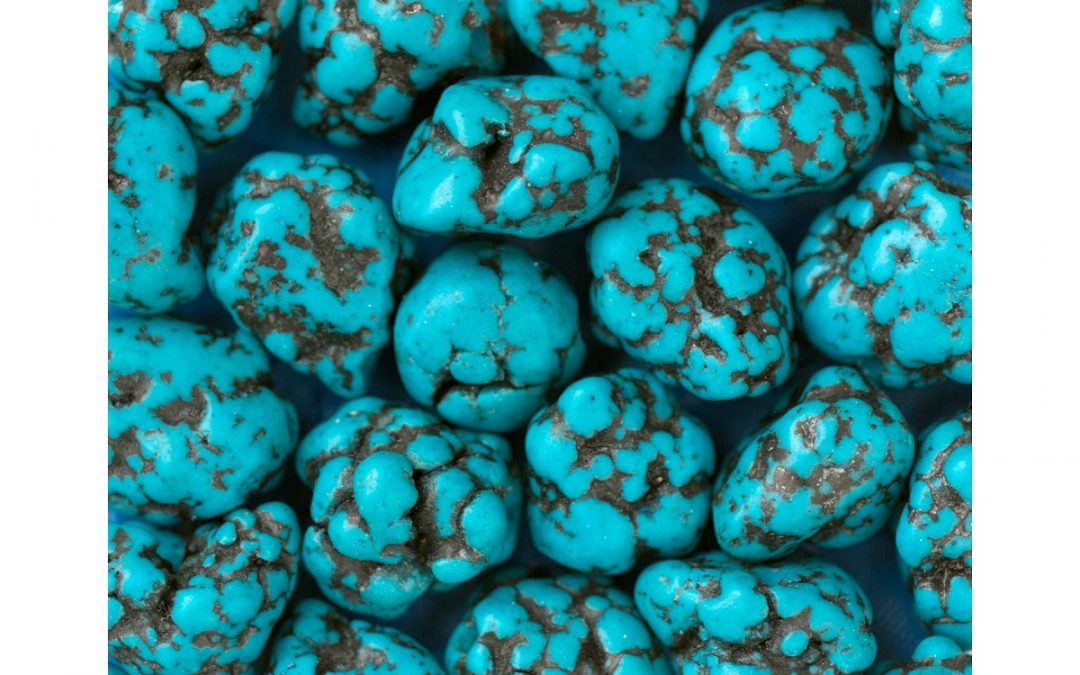When you think of jewelry from the tribes of the Southwest, chances are, you immediately start thinking of turquoise. For centuries, the region has produced striking and beautiful turquoise jewelry, including both turquoise rings for women and men, as well as earrings and many other pieces.
So, how did turquoise come to dominate southwestern tribal jewelry? Let’s take a look.
Turquoise: The Gem Of The Southwest
First, it’s worth noting that while there are large veins of turquoise in North America, the stone is not solely native to the Americas. It’s found in several places around the world. Even the name “turquoise” is taken from Turkey, another major distributor of the product.
However, SW American turquoise is unique in its beauty, and its importance in Native American art.
We know that tribes mined turquoise back into antiquity. Some mines have been found, dating as far back as 300CE when Rome still dominated Europe. Turquoise forms exclusively in desert regions, and veins are typically found near the surface. It’s created when acidified rain moves through bedrock, carrying minerals and other impurities with it while also oxidizing the surrounding rock. The result is the rich swirl of textures, colors, and materials that turquoise is known for.
Virtually every tribe in the area made use of turquoise in ceremonies and everyday objects. Why? Perhaps it was because the mix of the sky-blue stone with the earthy brown veins seemed like a representation of both the heavens and earth in one material.
For the Navajo, turquoise is one of their four sacred stones. It was frequently carved into small fetish pieces to be carried for luck and divine protection. Warriors would carry turquoise pieces into battle, while shepherds would have objects intended to protect their flock.
The use of turquoise in jewelry for trade was a slightly later invention, dating back to around 1600CE. It was excellent as a material for bartering, valued by natives as well as Europeans. Over the centuries, each tribe developed their own specialized techniques and artistic traditions surrounding the stone, creating a rich tapestry of expressions.
Palms Trading Company Carries Men’s Turquoise Rings & More
Today, Palms Trading Company carries on that tradition with a wide variety of authentic tribal-made turquoise men’s and women’s rings, earrings, figurines, bolo ties, and much more. Whenever possible, we strive to carry real turquoise jewelry, and clearly mark our products if they contain artificial materials.



